Imagine the following scenario: It’s the year 2035, and humanity has established its first lunar mining outpost near Shackleton Crater at the Moon’s south pole. A private company from Earth, let’s call it LunaProspect, Inc., for the sake of our story, operates the mine in partnership with a national space agency. One calm lunar “day,” something goes terribly wrong – a reactor powering the ice-mining drills overheats and explodes, collapsing part of the habitat.
Dust plumes rise in the weak lunar gravity. Several astronauts and engineers are injured, including crew from different countries. Emergency alarms echo in the thin habitat air as the crew scrambles to respond. Back on Earth, news of the “devastating Moon mining accident” flashes across screens worldwide. The immediate question on everyone’s mind: Who will investigate a mining accident on the Moon, and under what authority?
This fictional scenario may sound like something out of sci-fi, but it’s a realistic question as multiple nations and companies plan to mine resources on the Moon. In the aftermath of a lunar mining accident, jurisdiction, liability, and the chain of command can get very complicated. Currently, there is no lunar police department or international “space OSHA” to dispatch. To understand who would investigate our hypothetical Moon mining accident, we need to explore how today’s space laws assign responsibility in outer space – and where those laws fall short.
Jurisdiction on the Final Frontier: Who’s In Charge?
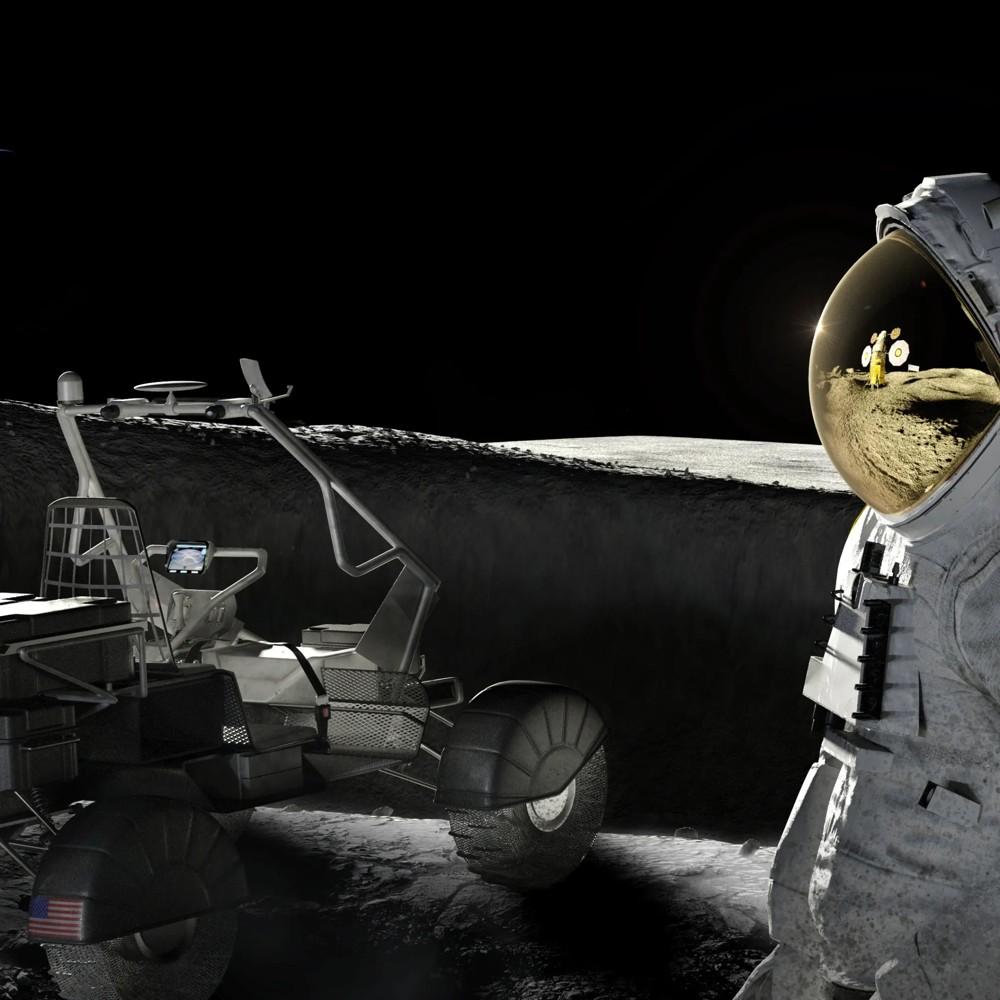
Unlike on Earth, no single nation can claim sovereignty over the Moon. The foundational Outer Space Treaty of 1967 (which most spacefaring countries have signed) makes it clear that outer space, including the Moon, “is not subject to national appropriation” – meaning, no country can own lunar territory. So if an accident were to happen at Shackleton Crater (or anywhere else on the Moon), it’s not occurring on U.S. soil, Russian soil, Chinese soil, or anyone’s soil. The Moon belongs to everyone and no one.
That said, international law does not leave the Moon a lawless free-for-all. The OST also established that nations bear responsibility for the actions of their nationals (including companies) in space. In fact, states must authorize and continually supervise private space activities under their jurisdiction. In our scenario, LunaProspect, Inc. would be licensed and overseen by its home country (for example, the US) to ensure it follows international norms.
Any hardware launched to the Moon remains under the jurisdiction of the country that launched it. Article VIII of the Outer Space Treaty says that the country that registers the spacecraft or lunar habitat maintains legal authority over it and the people inside. If LunaProspect’s habitat and rover are registered in the U.S., they are under U.S. jurisdiction even on the Moon’s surface. (A bit like how a ship at sea flies a flag and is subject to that nation’s laws.)
The (unratified) Moon Agreement of 1979, a treaty that few nations signed, echoes this principle, stating that states retain jurisdiction and control over their personnel, vehicles, equipment, stations, and installations on the Moon. In practice, even countries that haven’t signed the Moon Agreement would likely respect the idea that each nation is in charge of its own lunar operations and people.
So, in our fictional lunar accident scenario, LunaProspect’s home nation (the licensing state) has the primary authority to investigate what went wrong, much as it would for an accident at one of its facilities anywhere in the world.
What About the Other Countries Involved?
Let’s say the injured in our hypothetical accident include a Japanese astronaut working alongside the LunaProspect team, or that the damaged habitat was built by a European company. The Outer Space Treaty anticipated international missions: it says states are internationally responsible for national activities, “whether such activities are carried on by governmental agencies or by non-governmental entities”. This implies that each country involved has a responsibility to ensure the activity is safe and in compliance with the treaty.
Thus, they would all take a keen interest in the investigation’s outcome. There’s precedent on the International Space Station (ISS), where an intergovernmental agreement spells out that each partner nation has jurisdiction over its own modules and personnel. On the Moon, without a similar specific agreement in place, countries would likely revert to the OST framework, coordinating diplomatically and each overseeing their own citizens’ roles in the incident.
The Immediate Aftermath of a Lunar Accident: Rescue and Response
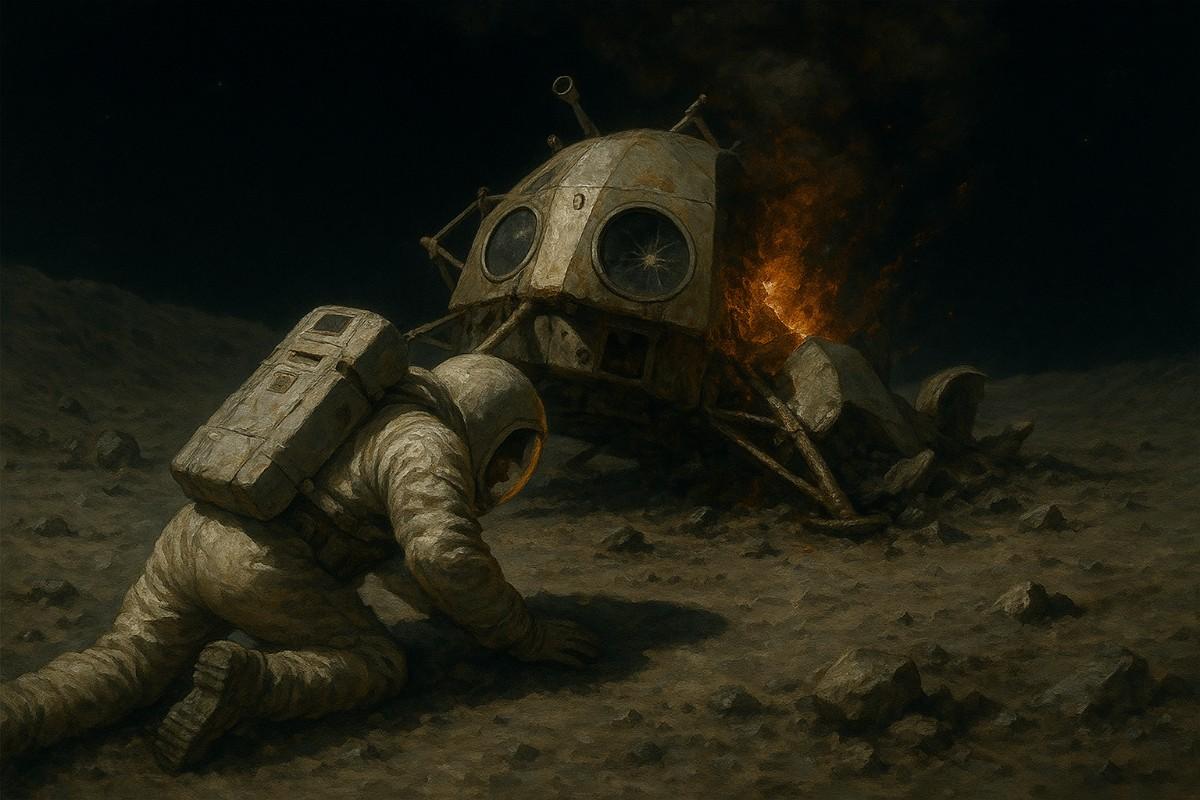
Before any formal investigation begins, the first priority after an accident on the Moon, as anywhere else, would be saving lives and securing the site. Here, international space law is very clear: astronauts in trouble are to be given all possible assistance. The OST calls astronauts “envoys of mankind” and states that any country must help them if they are in distress.
This was expanded by the Rescue Agreement of 1968, which obliges nations to rescue and return astronauts in an emergency. Even though the Moon is far away, the countries with lunar capabilities (or nearby assets) would scramble to help if possible. In our scenario, that might mean other lunar crews (if any) rush to aid the injured, or mission control on Earth coordinates a rescue plan.
The newer Artemis Accords (a non-binding set of principles for nations in NASA’s lunar exploration coalition) explicitly reaffirm the duty to provide emergency assistance to astronauts in need. So, regardless of rivalries on Earth, a Moon accident should trigger a spirit of cooperation: lives come first, politics second.
Once the immediate crisis is handled – the injured stabilized and evacuated to a safer location (perhaps even returned to Earth if possible), attention would turn to figuring out what happened and who is accountable. This is where things enter a legal gray zone. On Earth, a mining accident might be investigated by local authorities (like a mine safety agency or the police, depending on the nature of the incident).
On the Moon, there’s no sovereign government or local police force. So, responsibility falls back on Earth-based authorities, primarily the nation(s) that have jurisdiction over the entities involved.
Accountability in Orbit: Investigating an Accident on the Moon Under Current Space Law

So, who would actually investigate the lunar mining accident? In all likelihood, the primary investigation would be led by the nation that licensed and launched the mission, given the current legal frameworks. If our fictional LunaProspect, Inc. is an American company operating under a U.S. license, one could expect a team led by the United States (perhaps NASA or another designated space regulatory agency) to spearhead the accident investigation.
They might assemble a board of experts, much like how NASA convenes investigation boards after space accidents (for example, after the Space Shuttle Columbia tragedy, a board of experts was formed to find the cause). The investigating team would probably interview the crew (back on Earth if they’ve returned), analyze data logs from the habitat and rover, and examine any available evidence from the site (which is tricky when the “crime scene” is a quarter-million miles away!).
However, because this is an international endeavor, other stakeholders would surely be involved. The Japanese space agency (if one of their astronauts were hurt) would send representatives or ask to participate. The European manufacturer of the habitat would want to know if a design flaw was to blame. This would likely become a multinational investigation by necessity, even if a U.S.-led core team is in charge.
Ad Hoc Justice: Who Leads When No One Owns the Moon?
International law doesn’t yet mandate how such cooperation happens – there’s no “International Space Accidents Board” established by treaty. Instead, it would be ad hoc, based on agreements between the parties. We can imagine something akin to how aviation accidents are handled when they involve multiple countries: usually, the country of occurrence leads, but others participate if their citizens or hardware are involved.
Here, the “country of occurrence” concept is murky (the Moon isn’t any country’s territory), so defaulting to the launching state’s leadership makes sense, with international consultation. One important legal point is that the OST makes each state responsible for ensuring its own entities comply with the treaty. If safety regulations were breached, the home country of the offending company could be seen as failing its duty of supervision.
That state would have a strong incentive to investigate thoroughly, fix any negligence, and report findings to prevent future incidents and to maintain good standing in the international community. In fact, under Article V of the treaty, nations should inform the world (via the U.N.) about any phenomena that could endanger astronauts. A serious accident might qualify, meaning the investigating state might report the basic facts internationally.
What About Individuals and Technology Involved?
During the probe, jurisdiction over people and equipment remains with their respective states. For example, if there were allegations of negligence or misconduct (say, the operations manager ignored safety warnings leading to the explosion), theoretically, that person could face legal consequences under their home nation’s laws.
If the manager is an American on an American mission, U.S. law applies, possibly through existing statutes governing actions by U.S. nationals in space. If an accident involves people from different countries, each country could apply its own laws to its nationals.
Who Pays for the Damage? Liability in Space
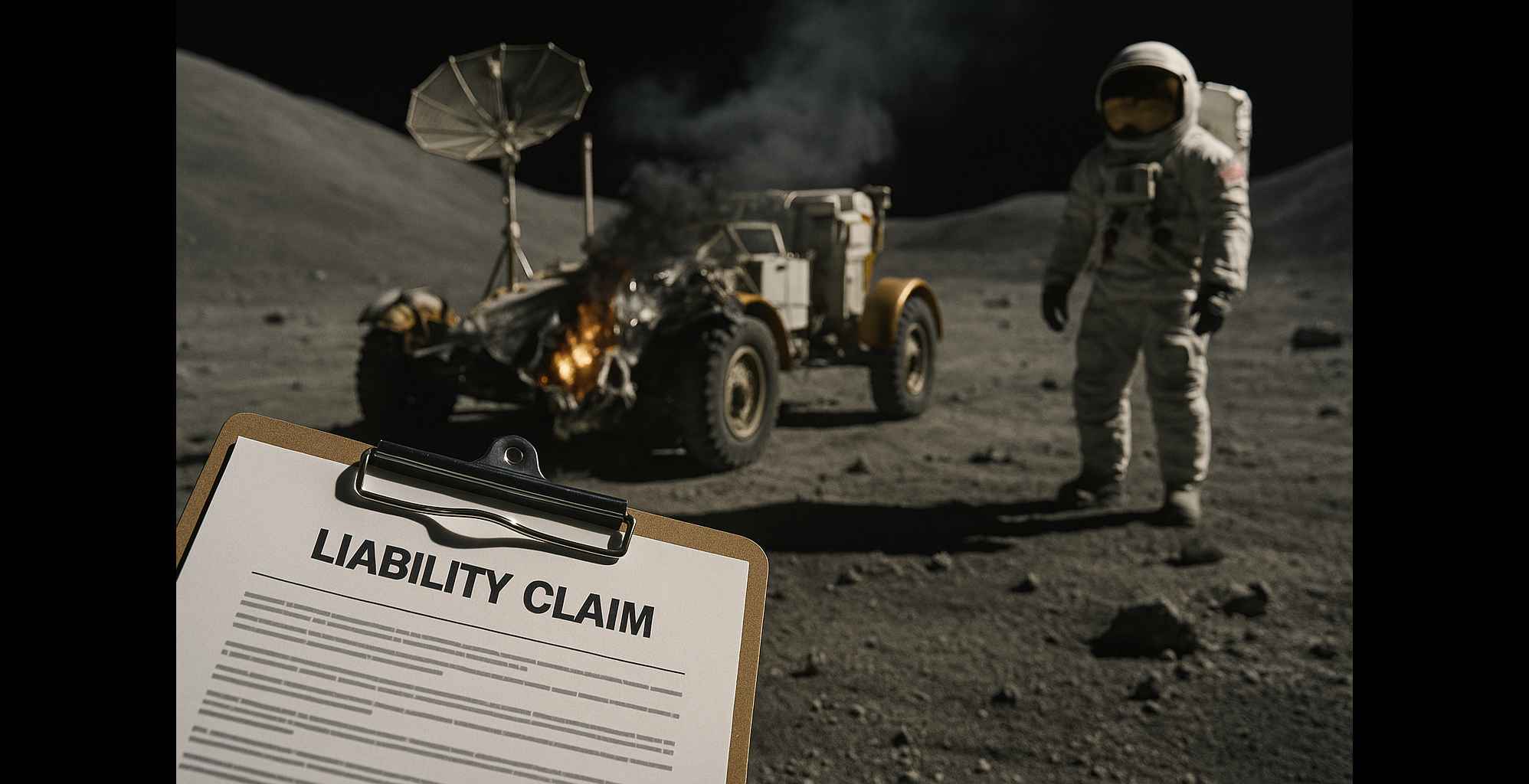
Investigating an accident isn’t just about finding the cause. It’s also about assigning liability. However, liability in space is still largely uncharted territory, and a lunar mining accident would raise tough questions, such as who compensates whom, and by what process? On Earth, if a mining company’s negligence causes harm, it can face lawsuits or government penalties. How would liability work on the Moon under current law? This is where the Outer Space Treaty and the follow-on Liability Convention of 1972 provide some guidance (albeit imperfect).
The treaties establish that the “launching State” is internationally liable for damage caused by its space objects, “irrespective of who caused the incident, …(a commercial actor or a state agency)”. In other words, if your rocket, habitat, or lunar rover causes damage, your country may be on the hook to pay compensation to other countries. Notably, these claims are state-to-state, not against the company directly.
This system hasn’t been used often – the Liability Convention has only been formally invoked once (after a Soviet satellite spread debris in Canada in 1978). In most cases, countries prefer to settle informally or avoid blame. But as commercial lunar activity grows, this treaty framework will be tested. However, the Liability Convention has gaps – it covers damage caused by space objects, but what about harm to the astronauts or the lunar environment itself?
If an astronaut is injured, they usually can’t personally sue a foreign government via these treaties. Instead, they might rely on agreements or their employer’s insurance. If the lunar environment is contaminated (say, a radiation leak from the reactor spreads), there’s no clear mechanism for “environmental damage” claims except the general obligation in the OST to avoid harmful contamination.
The Artemis Accords: A Cooperative Handshake
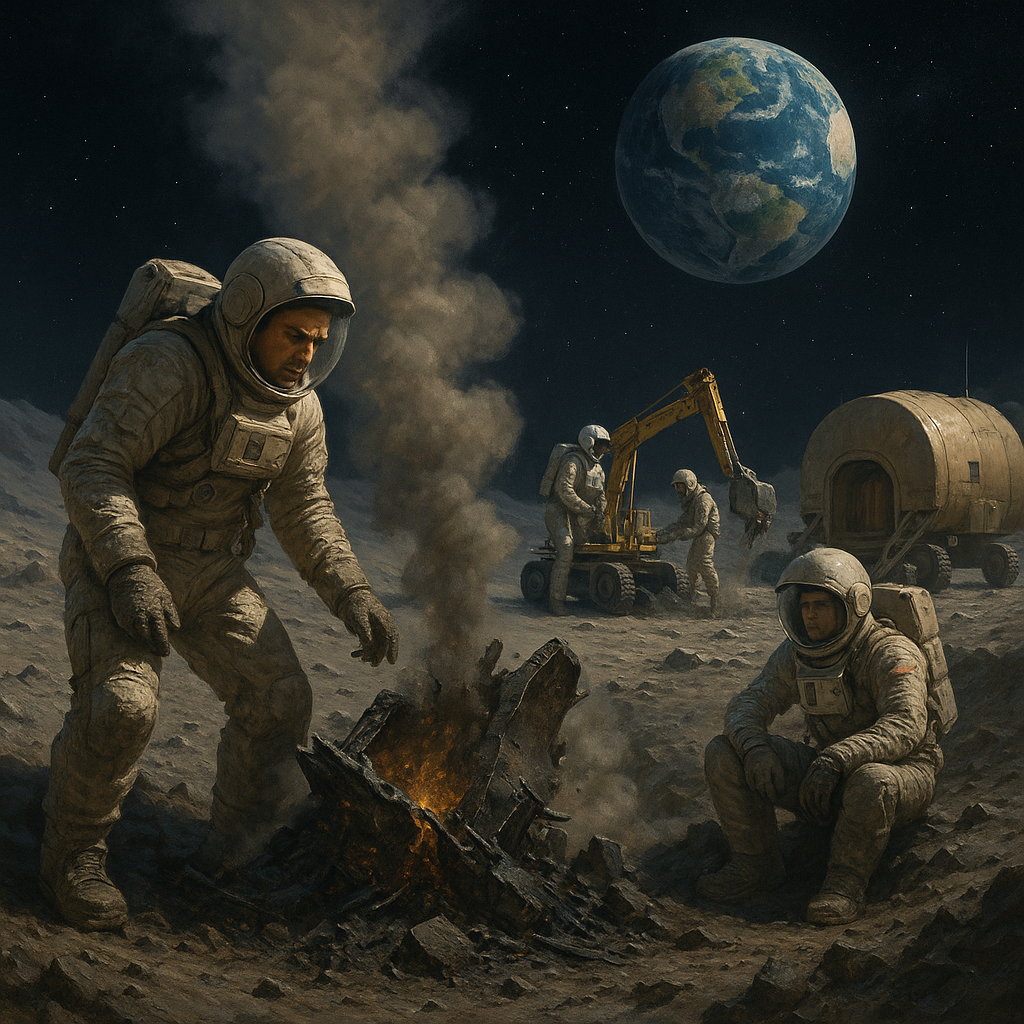
In the absence of a comprehensive new treaty for Moon mining, many nations are turning to a political understanding called the Artemis Accords, building on the old treaties but adding more detail for the modern era. Over 50 countries have signed on as of 2025, affirming ideals like transparency, interoperability, and peaceful use of space. Importantly, the Accords endorse the idea that private companies can extract and use space resources (like lunar ice or minerals) within the framework of international law.
How do the Artemis Accords affect an accident investigation? While the Accords are non-binding (more like diplomatic promises), they do foster a spirit of cooperation and norms of behavior. For instance, the Accords nations pledge to assist each other in emergencies (reinforcing the Rescue Agreement) and to share information to avoid interference. They also introduce the concept of “safety zones” – areas around a nation’s lunar operations where others agree to coordinate and not interfere, to prevent accidents or conflicts.
One could imagine that if all parties involved in our fictional scenario are Artemis Accords signatories, the investigation and aftermath might proceed in a relatively collegial way: data shared openly, lessons learned published for all, and cooperative preventative measures taken. But not every spacefaring nation is on board with the Artemis Accords. Notably, countries like Russia and China are pursuing their own lunar plans outside the Artemis umbrella.
In a scenario where a non-Accords nation’s assets or people are involved, things could become more complicated politically. Would they cooperate with an investigation led by an Artemis partner? Possibly yes on a humanitarian basis, but the lack of a pre-agreed framework could introduce friction. This highlights one of the current gaps in space governance: we don’t yet have universally accepted rules specifically for commercial and operational activities on the Moon.
Gaps in Governance and Legal Gray Areas
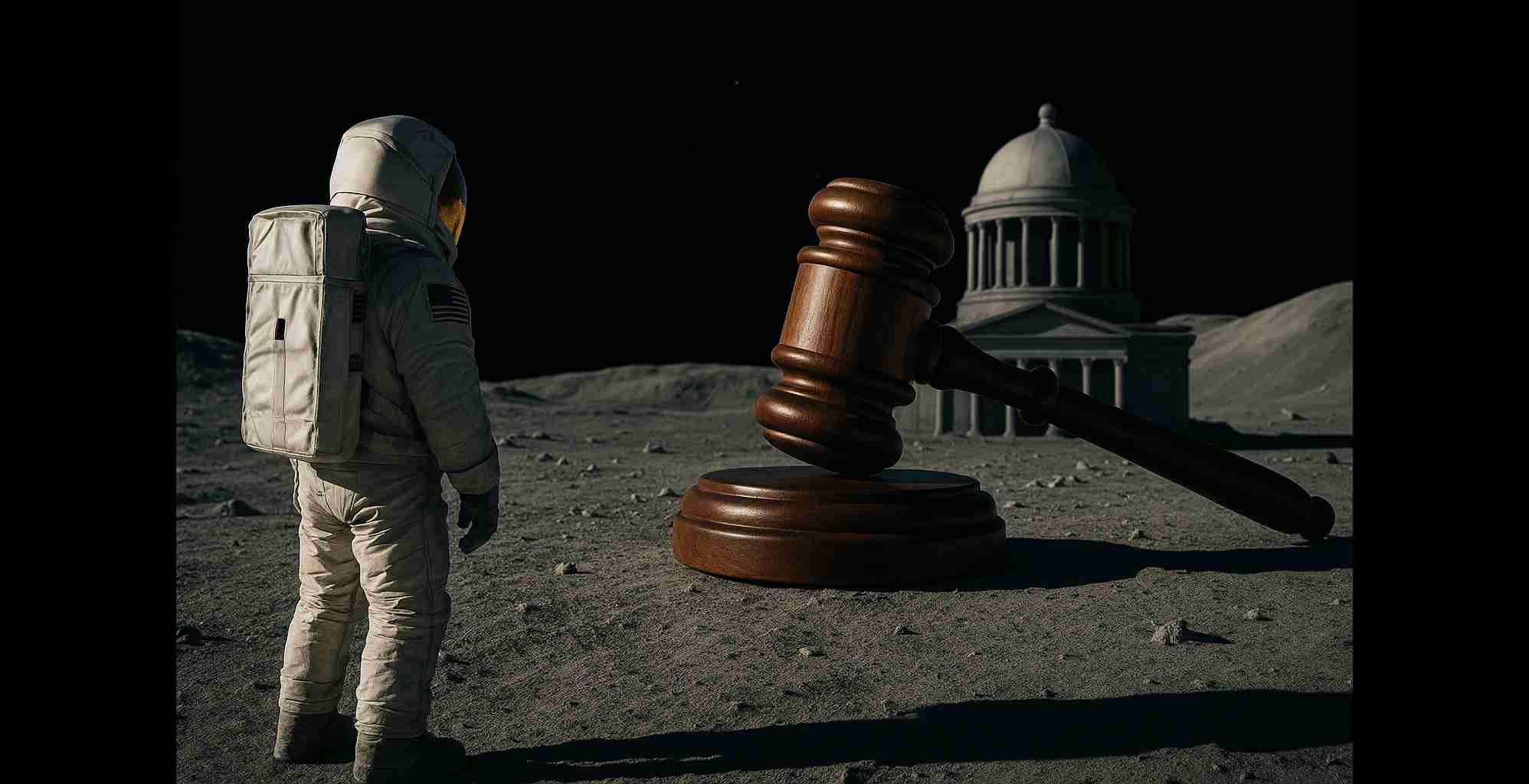
Standing in 2025, on the cusp of a new era of lunar exploration, our legal toolkit for handling incidents like a mining accident is still patchy. The Outer Space Treaty and its sister agreements give broad principles, but they were written in the 1960s and 70s when only superpowers were in space and activities were purely governmental. Several gaps and unanswered questions remain:
- No Dedicated “Space Accident” Authority: There is no international space safety agency or investigative body with predefined jurisdiction. Any investigation would rely on voluntary cooperation and the leadership of the involved nations, which could lead to conflicts of interest. On Earth, international bodies (like the International Civil Aviation Organization for plane crashes) provide frameworks to ensure thorough, impartial investigations. In space, we lack an analogous system.
- Unclear Criminal Jurisdiction: If negligence or malfeasance is suspected, it’s not obvious how criminal accountability would play out. Each country could likely prosecute its own nationals under extended jurisdiction, but what if laws conflict or if a person from one nation harms a person from another?
- Environmental and Safety Standards: Right now, there’s no global regulator enforcing safety standards for lunar operations. They will likely be set by the launching states in their licensing process, but they could vary from country to country. Harmful practices might slip through the cracks, and if an accident results from cutting corners, there’s no global inspector to catch it beforehand. Also, what constitutes “harmful contamination” of the lunar environment (banned by treaty) is open to interpretation.
- Liability and Compensation Mechanisms: As discussed, while the Liability Convention covers some scenarios, it’s slow and diplomatic. There’s no fast-track claims court for a private party on the Moon to sue another. Victims (whether nations or private actors) could be left waiting or without full remedy unless new agreements fill the gap. Some scholars have proposed an international space liability fund (similar to insurance pools for oil spills) to ensure there’s money to compensate for a major space accident, but no such system exists yet.
- Resource Rights and Jurisdictional Conflict: Without a unified law, there’s a potential for disputes. The lack of a universally accepted resource governance regime means an accident could escalate into a political dispute which haven’t been settled globally. In fact, the UN’s COPUOS only recently formed a working group to study space resource legal issues, acknowledging that the current framework (primarily the OST) “does not adequately address space resource activity and how the benefits of outer space are to be shared.” The mere existence of that effort shows the gap – the world is trying to catch up to the coming reality of lunar industry.
Under current rules, the investigation of a Moon mining accident would lean heavily on the involved nations to cooperate, improvise, and negotiate responsibilities on the fly. There is no single accepted playbook, which in itself is a concern. The situation is a bit like the early maritime era – we have some basic “laws of the sea,” but no one to enforce them in uncharted waters.
Toward a Safer Future: What Governance Is Needed?

As lunar mining moves from fiction to fact, we’ll need stronger governance structures to ensure safety, accountability, and prevent conflicts. What might those look like? Here are a few ideas being floated for the future of space mining oversight:
1. An International Lunar Authority or Framework
Some have suggested creating an international authority for space resources, akin to the International Seabed Authority that manages deep-sea mining on Earth. This body could license mining sites, set safety and environmental standards, and mediate disputes. It’s a controversial idea (nations like the U.S. prefer a lighter touch), but it could fill the void of who’s “in charge” on the Moon.
2. Agreed Safety Standards and Information Sharing
To prevent accidents, countries and companies could collaborate on technical standards, for example, common safety certifications for habitat designs or agreed protocols for dealing with emergencies. The Artemis Accords already encourage interoperability and transparency, which is a start. Future governance might involve regular coordination meetings among lunar operators to share safety reports and catch problems early.
We might also see something like a “Space Traffic Management” system extended to the lunar surface – tracking where everyone is operating, to avoid collisions or interference. NASA and others are discussing space traffic management for orbit (to prevent satellite collisions), and similar principles could be applied to the Moon’s surface in the future.
3. Expanded Accountability Mechanisms
Future agreements could streamline how liability is handled, perhaps enabling companies or individuals to seek arbitration or legal recourse directly, rather than only state-to-state claims. There could be designated arbitrators or courts for space disputes set up under UN auspices or international law (some have proposed extending the jurisdiction of institutions like the Permanent Court of Arbitration to space matters). Moreover, clearer rules on environmental protection (e.g., requiring cleanup of spills, minimizing dust pollution, etc.) might be developed so that a single accident doesn’t permanently degrade the lunar environment for others.
4. Building on the Artemis Accords (or Inclusive Alternatives)
Since the Artemis Accords have quickly gained many signatories and set normative expectations, one path is to expand and formalize those principles. They could eventually become the basis of a multilateral treaty opened to all nations, not just those aligned with the Artemis program. Alternatively, the UN working group’s efforts might yield a new global consensus that includes all major players. Either way, the goal would be to ensure that by the time lunar mining is in full swing, everyone plays by a common set of clear rules.
5. Conflict Avoidance through Communication
Even beyond written rules, building a culture of open communication will be key. Future governance might include real-time coordination channels (something like air traffic control, but for Moon bases) and predefined “safety zones” or buffers that everyone agrees on. The Artemis Accords’ safety zone concept is a prototype, but making it universal would help avoid territorial squabbles.
In essence, humanity needs to treat the Moon a bit like we treat international waters or Antarctica – a realm for cooperation with agreed rules of the road. We already have the ethos in the Outer Space Treaty that space is the “province of all [hu]mankind” and to be used for peaceful purposes. The next step is filling in the practical details to manage that shared use when money, property, and lives are at stake in a rugged, remote frontier.
Building a Safer Future for the Lunar Industry
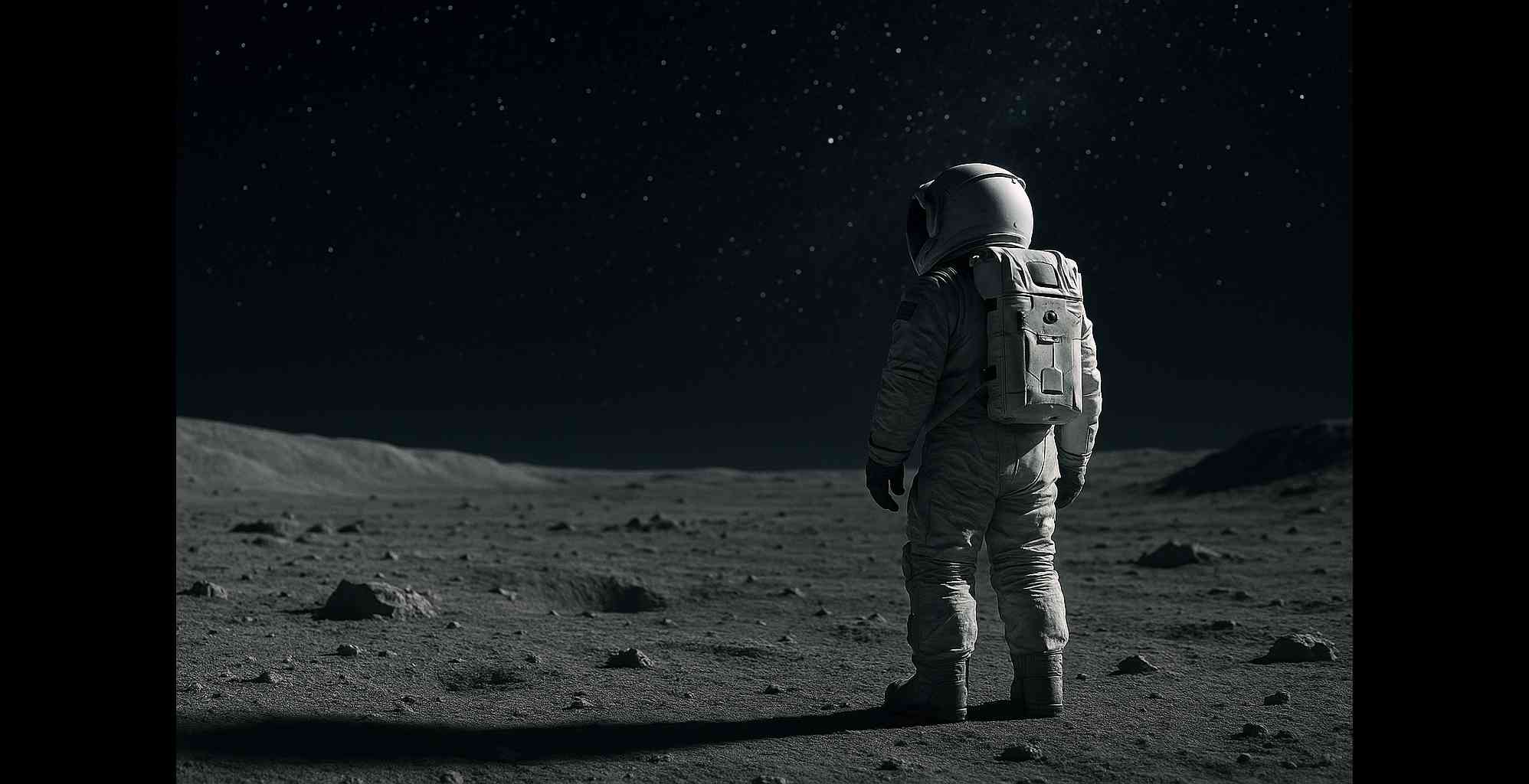
Our tale of a lunar mining accident highlights a pressing question for the near future. If something goes wrong on the Moon, who’s in charge of setting it right? Today, the answer is a patchwork: the nations involved would cooperate (one hopes), drawing on international treaties like the OST and diplomatic agreements like the Artemis Accords, to guide them. The home country of the mission would likely take the lead, but it would need the help and trust of other stakeholders to truly uncover the truth and prevent future mishaps.
Right now, we do have a framework – no one can wash their hands of responsibility in space, since countries must supervise their space actors and are liable for damage. But we’ve also seen the limits of that framework, as it was built for an earlier era and is due for an upgrade. As one UN working group recognized, our current laws don’t yet fully address the complexities of commercial space resource use. Gaps around investigation procedures, enforcement, and multi-party missions remain to be filled.
The good news? Spacefaring nations are talking about these issues more than ever, and many are aligning on common principles of safe and peaceful exploration, so the coming years will likely see moves to shore up the rules. Future governance structures could ensure that when the first real lunar mining accident inevitably occurs, everyone knows who will investigate, how accountability will be handled, and how to prevent disputes.
The Moon is our next frontier, and how we manage it will set the tone for humanity’s expansion into the solar system. By proactively establishing clear rules and cooperative institutions now, we can avoid a “Wild West” scenario and instead ensure that lunar mining (and beyond) is conducted safely, fairly, and for the benefit of all. In the end, answering “who investigates a mining accident on the Moon?” leads to an even bigger question: how will we govern ourselves out there among the stars?
The decisions we make today will write that next chapter in the story of space exploration.